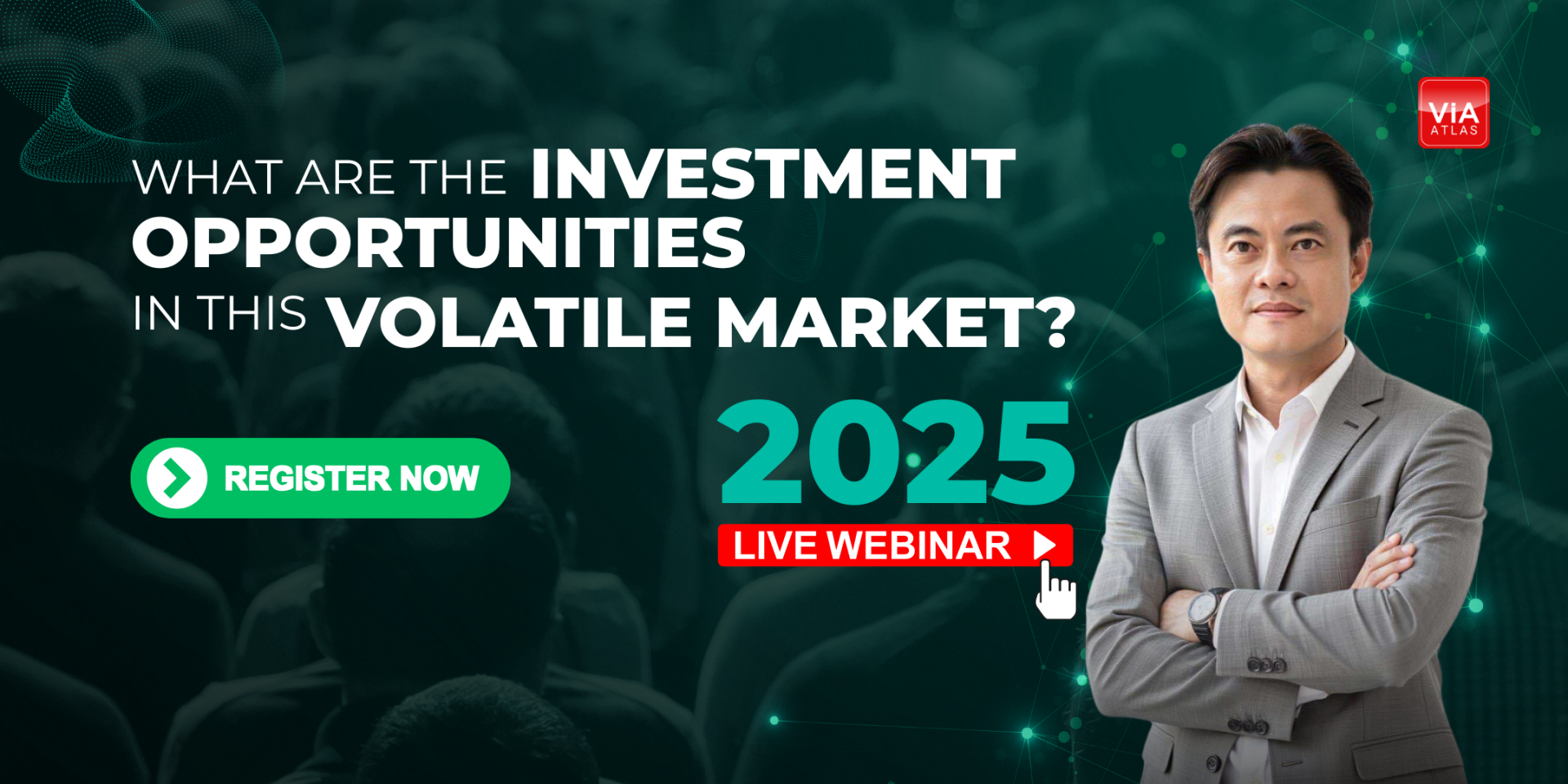Why the Old Normal Is Gone: What Investors Must Know About the New Global Trade Landscape
Senior Minister Lee Hsien Loong recently stated at the Economic Society of Singapore that “The world will not go back to the status quo.” This is more than a passing comment — it’s a fundamental observation of the seismic shifts taking place in the global economy. It signals a new era of uncertainty, volatility, and evolving risks that investors cannot afford to ignore.
Why Won’t It Go Back to the Status Quo?
For decades, globalization shaped the way the world traded, invested, and grew. Singapore flourished as a key trading hub in an interconnected world where goods, services, and capital moved relatively freely. But the last few years have cracked this smooth façade, revealing vulnerabilities and reshaping the rules.
Here’s why the “old normal” is gone for good:
1. Trade Wars and Tariffs Are Here to Stay
The U.S.’s sweeping tariff measures are not temporary blips — they represent a strategic shift toward protecting domestic industries and recalibrating global supply chains. These tariffs, including the recent 10% baseline tariff on imports from Singapore and other countries, introduce new costs and uncertainties that ripple through markets.
Unlike past trade frictions that were short-lived or isolated, this tariff regime is part of a larger geopolitical push toward economic nationalism. The U.S. government’s moves reflect concerns about over-reliance on certain global suppliers, technological competition, and domestic political pressures.
2. Geopolitical Rivalries Are Intensifying
It’s no secret that tensions between major powers, especially the U.S. and China, have escalated. These rivalries affect trade policies, investment flows, and technology transfers, making the global economic landscape more fragmented.
3. Supply Chains Are Being Reimagined
Companies and countries are re-evaluating how and where they source materials and manufacture goods. The pandemic exposed the risks of overly concentrated supply chains, and tariffs have accelerated moves to “onshore” or “friendshore” production closer to home or trusted allies.
This transition is not quick nor smooth — it creates winners and losers in sectors and geographies. It means that what worked for investors in the past decade may not hold tomorrow.
4. Economic Growth Will Be Slower and More Uneven
Senior Minister Lee highlighted Singapore’s GDP growth forecast dropping from 1–3% to 0–2%. The reality is that slower global growth combined with trade frictions and political uncertainties mean companies will face tougher operating conditions.
Why You Should Be Concerned — and Why This Is a Wake-Up Call for Investors
- Volatility will be the new norm. Unexpected policy changes, tariff adjustments, and geopolitical flare-ups will cause sudden market swings.
- Not all companies will survive or thrive. Businesses heavily dependent on fragile supply chains or exposed to tariffs risk margin pressure or lost sales.
- Economic uncertainty means greater risk. If you don’t have a clear strategy, you’re vulnerable to losses and missed opportunities.
The Value Investing Edge in a Volatile World
At ViA Atlas, our approach has always been grounded in a simple but powerful truth: investing is not about guessing the market’s next move — it’s about understanding the true value of businesses and buying when they are undervalued.
In volatile markets, value investing gives you:
- A margin of safety: You focus on companies with solid fundamentals, strong balance sheets, and competitive advantages that can withstand shocks.
- Patience and discipline: You avoid the temptation to chase hype or panic sell during downturns.
- Long-term perspective: You invest with the confidence that markets will eventually recognize real value — even if short-term noise dominates.
What You’ll Gain from Our Webinar: “Investing Opportunities in This Volatile Market”
Understanding this new reality is the first step — but knowledge alone isn’t enough. You need actionable insight and practical strategies to turn volatility into profit.
Our upcoming webinar will equip you with exactly that:
-
How Fed Interest Rates affect U.S. Companies & what that means for you
-
Why Trump is pushing for rate cuts, and how you can turn this into a profitable opportunity if you’re prepared
-
What the Tariff War really means for business performance, and why it matters to you
-
Could Trump’s policies trigger a recession? Here’s why that’s not bad news, and how you can take advantage
-
How to prepare and position yourself in this dynamic market with a proven value investing strategy
This event is for you:
- If you are worried about market volatility and are looking for insights
- If you have already started investing, but lack a clear action plan
- If you want to fast-track your learning curve in investing
Why You Should Attend:
- Learn real, actionable strategies you can apply right away
- Get clarity on what to expect moving forward in a Trump market
- Walk away with a clear action plan for this year

Suitable For
Solutions For
Mind Kinesis Investments Pte Ltd. All Rights Reserved.



